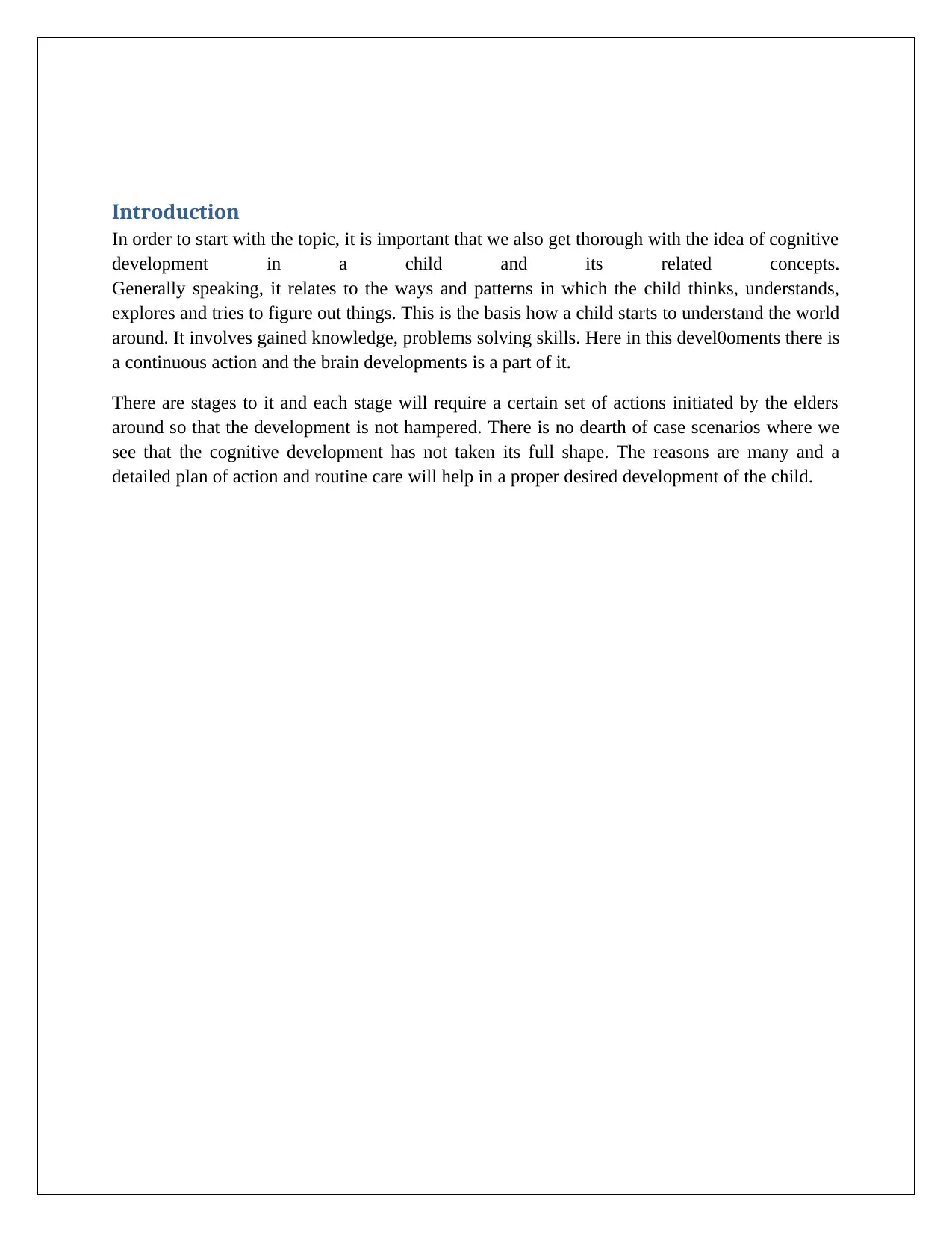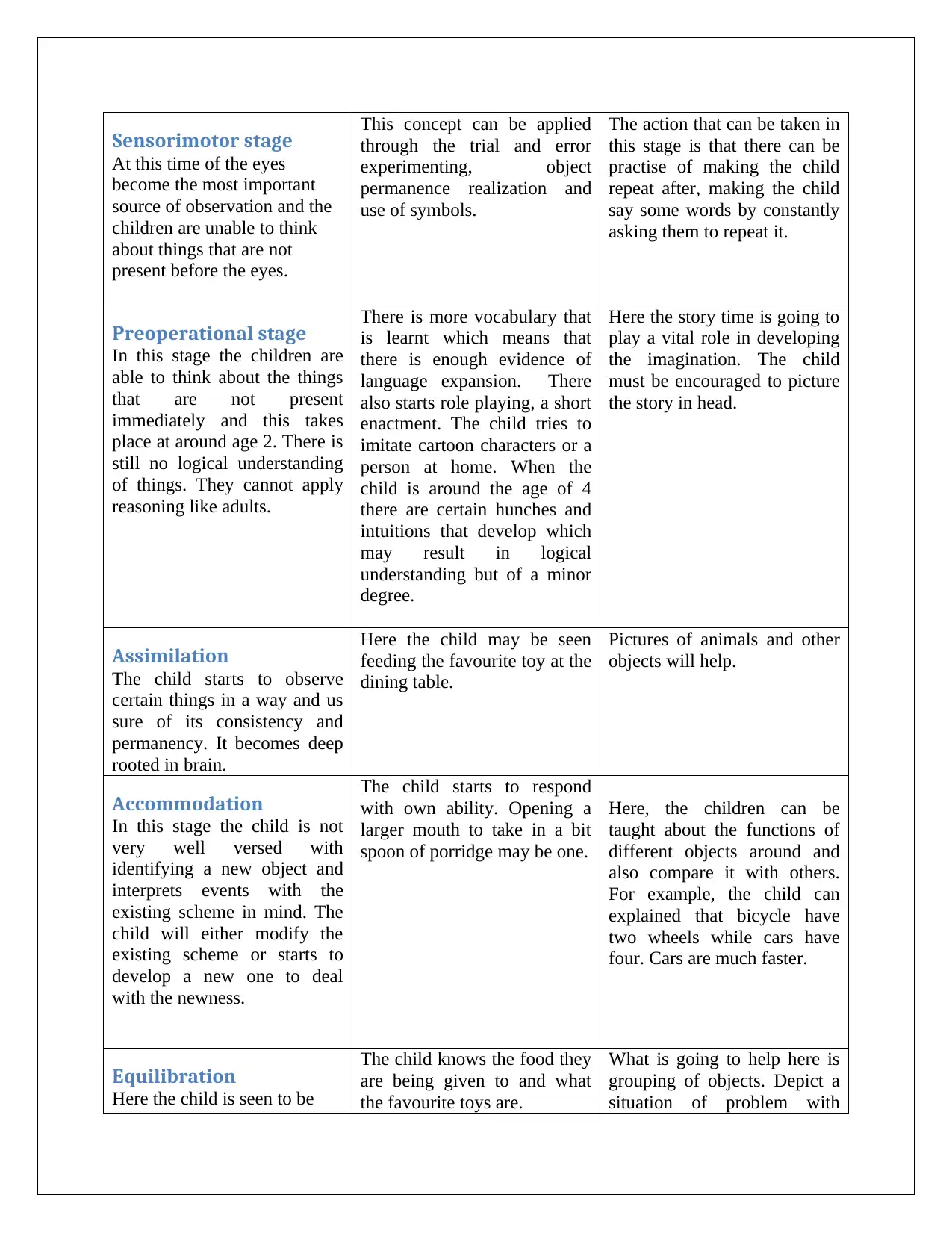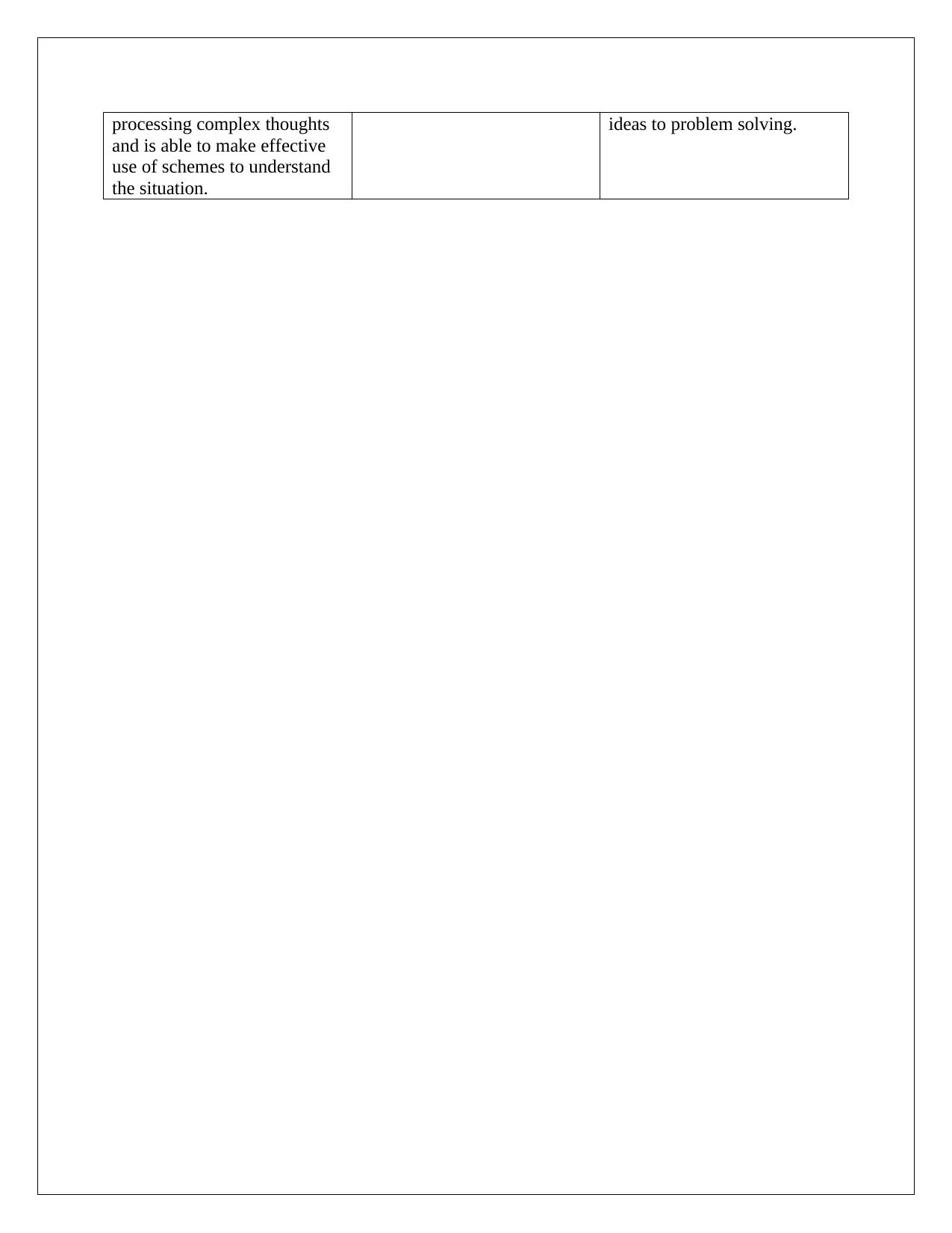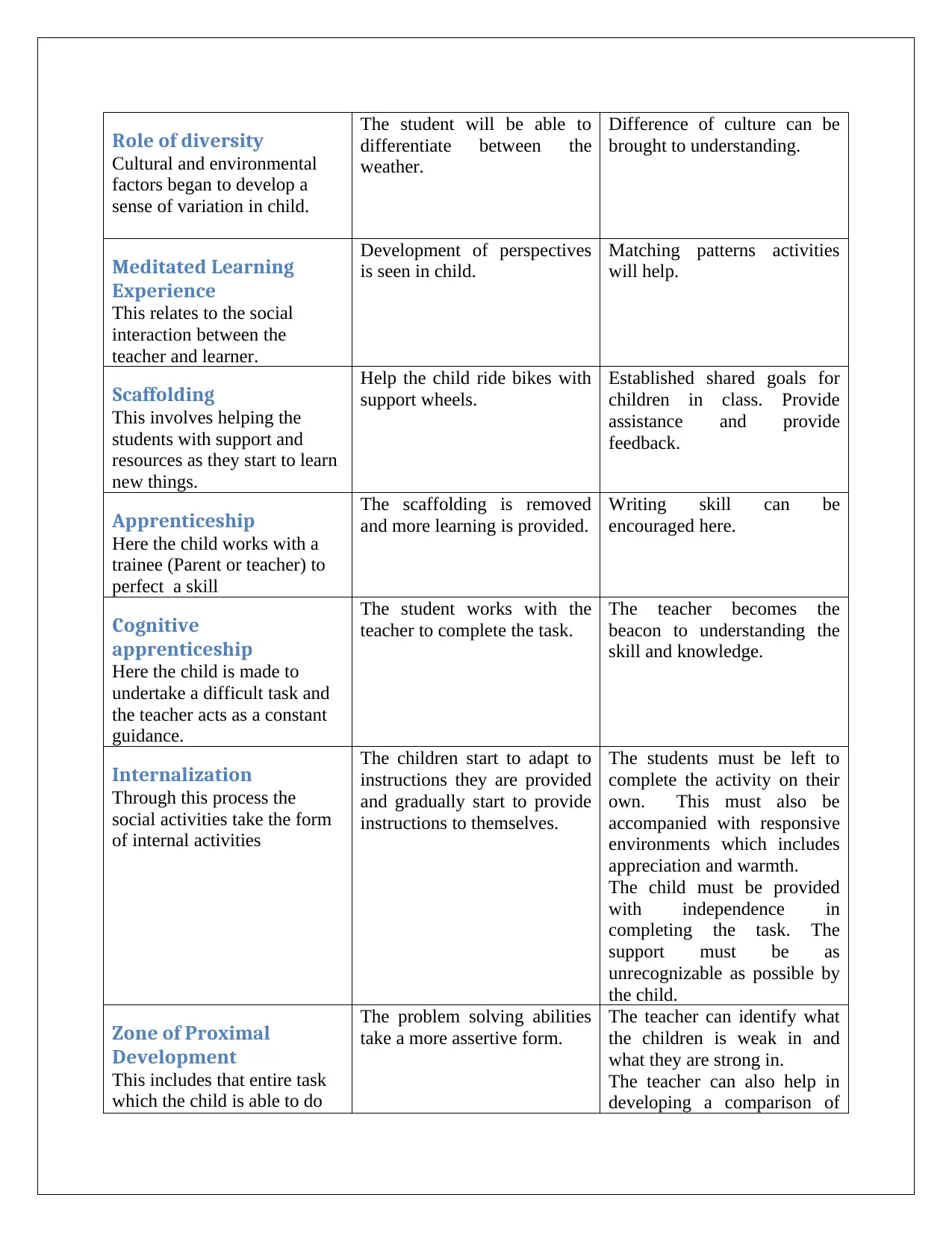Report on Cognitive Development: Stages, Influences, and Strategies
VerifiedAdded on 2022/11/17
|7
|989
|290
Report
AI Summary
This report delves into the multifaceted concept of cognitive development in children, focusing on how children think, understand, and explore the world around them. It examines key stages from birth to age 5, including the sensorimotor and preoperational stages, detailing the cognitive processes and actions associated with each. The report explores concepts such as assimilation, accommodation, and equilibration, as well as the role of diversity, mediated learning experiences, scaffolding, and cognitive apprenticeship in fostering cognitive growth. It also addresses the zone of proximal development, emphasizing the importance of social interaction and supportive environments in facilitating a child's learning journey. The report highlights practical applications and strategies for supporting cognitive development, making it a valuable resource for understanding and nurturing a child's intellectual abilities.
1 out of 7












![[object Object]](/_next/static/media/star-bottom.7253800d.svg)